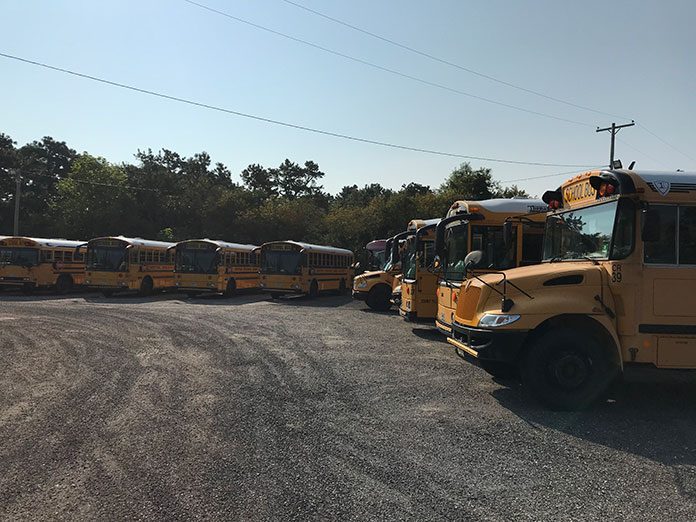
Six times in three days. That’s how many times people, including young children, were hit by a vehicle at a bus stop over a three-day period in late October and early November.
Nov. 1, Tampa, Florida: five children and two adults were struck while waiting for their school bus to arrive. A 47-year-old man was speeding.
Nov. 1, Franklin Township, Pennsylvania: a seven-year-old child waiting for his bus was found dead of an apparent slow-moving hit-and-run accident.
Oct. 31, Louisville, Kentucky: two brothers crossing the street for their bus were hit by a vehicle.
Oct. 31, Tallahassee, Florida: a kindergartner was injured crossing to board a bus. A 19-year-old driver was charged.
Oct. 31, near Tupelo, Mississippi: a nine-year-old boy was struck and killed as he crossed the street to board his school bus. A 22-year-old driver was charged.
Oct. 30, Fulton County, Indiana: six-year-old twin brothers and their nine-year-old sister were struck and killed by a vehicle at their bus stop. Another child, 11, was airlifted to a nearby hospital for his injuries. That 24-year-old driver was charged with three counts of felony reckless homicide and misdemeanor passing a school bus with the arm extended.
And in each case, there wasn’t one overriding factor, aside from human error (and that some of the drivers were younger than 25), contributing to the crashes: weather, impairment, cell phones.
The latest statistics cover 2006 to 2015. Nationally, there were 1,313 people killed in school transportation related crashes, an average of 131 a year, according to the National Highway Traffic Safety Administration. Of those, 301 were school-aged children. One hundred two of those were pedestrians.
According to that same study by NHTSA, more school-age pedestrians were killed between 6-7 a.m., 7-8 a.m. and 3-4 p.m. than any other time of the day. Thirty-four percent of those killed were ages 8-13.
In New Jersey, bus drivers must use the bus’s flashing red lights when they are dropping off or picking up students, and until those students are safely cleared from the bus and road.
Drivers must stop at least 25 feet from a stopped bus with flashing red lights when on a two-lane highway without a physical barrier, regardless if traveling in the same or opposite direction as the bus. Those traveling on a divided highway must stop 25 feet from a bus stopped with flashing red lights when traveling in the same direction.
Vehicles traveling on the opposite side of a stopped bus with flashing red lights on a divided highway can pass at 10 mph or less and must remain at that speed until they completely pass the stopped school bus.
Vehicles must go no faster than 10 mph when passing by a stopped school bus dropping off or picking up students directly at school, day camp or school-related activity, when located on the same side of the highway where the bus is stopped.

First-time violators can receive a $100 fine and up to 15 days in jail or community service. Subsequent violations come with a $250 fine or more, and up to 15 days in jail. Five points are added to licenses per offense.
A helpful brochure with the law can be found at nj.gov/education/finance/transportation/training/BusSafety.pdf
And although not all tragedies can be avoided, the National Association for Pupil Transportation has these safety tips for students and families.
- Dress children in bright colors so they are easily seen.
- Make sure everything they need for school is securely in their school bag to avoid dropping anything. If a child drops an item, teach them to leave it, tell the driver and await instructions.
- Make sure children leave on time to catch the bus.
- Young children should be accompanied to bus stops or walk in groups.
- Use sidewalks if available. If not, do not walk in the street. If that’s unavoidable, walk against traffic as close to the edge of the road as possible.
- Always look left and right when crossing the street. Do the same at driveways, alleyways, etc. Look all ways when leaving the bus.
- Have children wait for their bus at an easy-to-see location. Avoid waiting in a house or car.
- Don’t play in the street.
- Parents, wait on the side of the street where your children will be dropped off.







